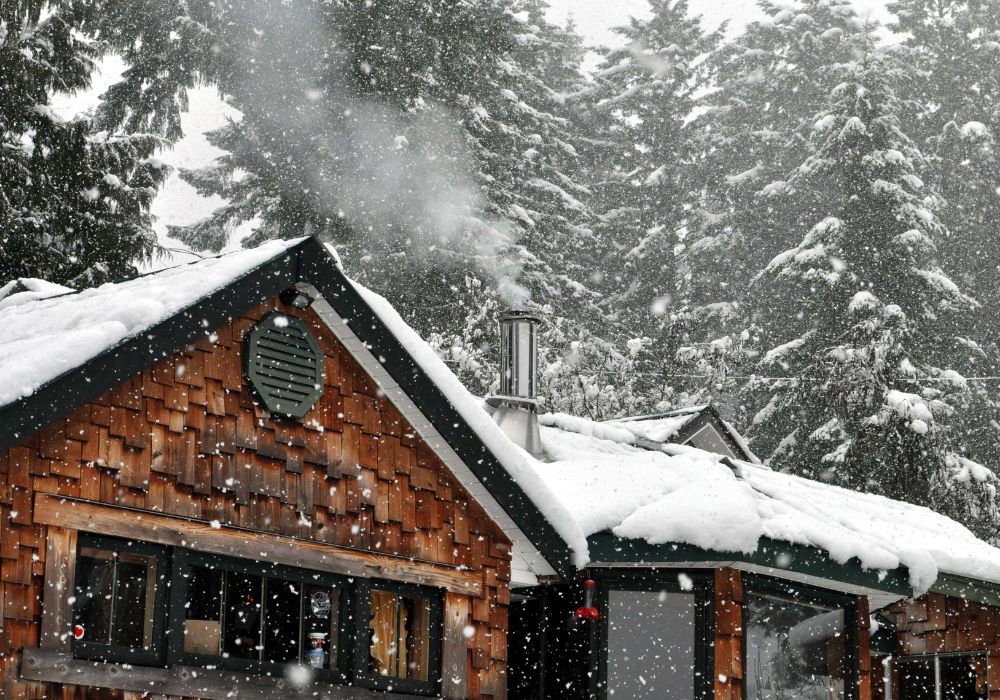The winter months often mean an increase in home lighting, heating, and a general sense of wanting to feel as cozy as possible amidst gray skies. As you attempt to get through the dreary days of winter, keep your house safe and secure. Here are some tips to do just that.
Every year, it’s a great idea to have your heating system checked by a professional. That way, you avoid costly emergency expenses that may arise when you least need them. Consider if temperatures become freezing and the roads are iced over, meaning someone cannot come out to your home to fix a problem with your heater. Those costly situations can be avoided with annual inspections.
This also applies to fireplaces. If you have a gas or wood-burning fireplace, make sure you’re scheduling time each year for inspections of chimneys and any signs of wear in the fireplace box.
Are there drafts of air coming in from the windows or underneath doors? Inspect your home for any places air could leak in or out and repair them. A well-insulated home will help conserve energy required for heating and keep you warmer in the winter.
Insulation also applies to pipes. Make sure any exposed pipes are properly covered, such as those in the attic, basement, or garage, and cover the hose spigots outside your home. If you leave your home for an extended period of time in the winter, keep the heat set to 55 degrees minimum to prevent pipes from bursting.
Make sure that the detectors in your home, from smoke to carbon monoxide, are well-functioning in the winter months and that you have sufficient batteries if you need to replace them. Both of these detectors should have test features that you can press to see if they’re working. Smoke and carbon monoxide detectors should have fresh batteries installed once a year.
Consider the state of Texas, where millions endured a multi-day power outage during some of the coldest temperatures of the year in February of 2021. Crises like this show how important it is to have a stash of emergency food, water, and supplies in case of natural disasters or power outages. Things to include in these supply kits are flashlights, battery-powered radios, a gallon of water per person for several days, non-perishable food supplies like canned soup and energy bars, and first aid kits. Learn more about building your own emergency supply kit from Ready.gov.
To clear snow from cars, driveways, and sidewalks, keep a set of tools and supplies handy. Afterall, if you’re snowed-in, you won’t be able to drive to the store to get them! Snow shovels, ice scrapers, brooms, and ice melt products are a great start. See New York Magazine for more recommendations to build your stash.
Questions about home insurance? Contact a Sea Mountain Personal Insurance Specialist today!
